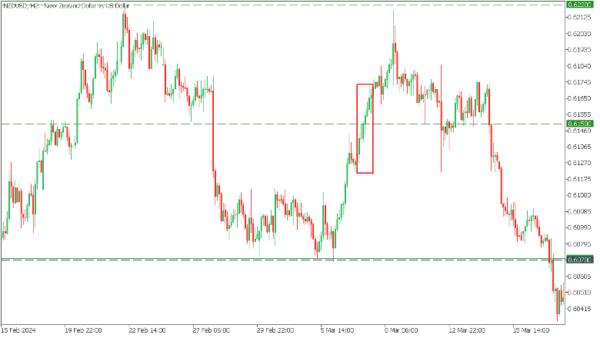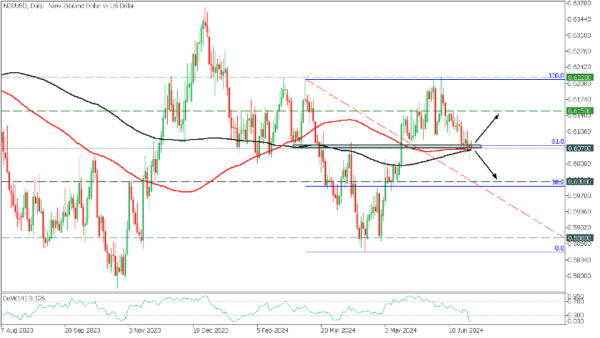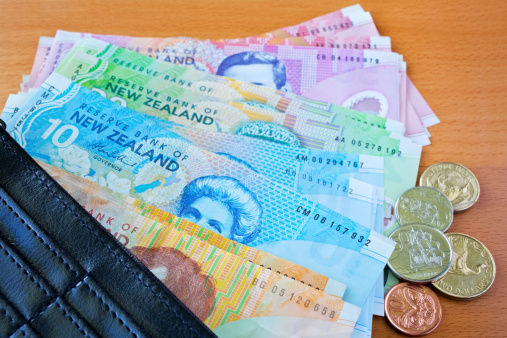The NZDUSD pair, often called the “Kiwi,” refers to the exchange rate between the New Zealand dollar and the US dollar and is an important indicator for understanding the economic relationship between New Zealand and the United States. The New Zealand dollar is strongly influenced by fluctuations in commodity exports, especially dairy products, which are sensitive to world market demand and price changes. Other local factors, such as tourism and export volumes, also play a significant role. At the same time, the US dollar reacts to a wide range of domestic economic indicators, including inflation rates, employment reports and GDP growth, Federal Reserve decisions, and international trade policy.
US Fed Chair Powell Testifies, July 9, 16:00 (GMT+2)
The testimony of US Federal Reserve Chair Jerome Powell is highly anticipated as an indication of future US monetary policy. Should Powell present an optimistic view of the US economy, suggesting robust growth or a hawkish stance towards interest rate hikes, the US Dollar would likely strengthen against the New Zealand Dollar, causing a downward movement in the NZDUSD pair. Conversely, if Powell expresses concerns about the US economy or signals a more dovish stance on interest rate adjustments, indicating potential delays or reductions in rate hikes, the US Dollar could weaken, potentially elevating the NZDUSD rate. It’s also worth remembering that the US CPI comes out on July 12, which will also be very important for this pair!

During Fed Chair Powell’s testimony on March 7, 2024, he emphasized a cautious approach to the US economic outlook, which weakened the US Dollar. As a result, the NZDUSD pair experienced an uptick, benefiting from the decreased strength of the USD as investors adjusted their expectations for US interest rate hikes.
New Zealand Interest Rate Decision, July 10, 4:30 (GMT+2)
The decision on interest rates by the Reserve Bank of New Zealand is crucial for the NZDUSD pair. If the RBNZ unexpectedly raises the interest rate above the forecasted 5.50%, it would signal a proactive stance against inflation or an unexpectedly strong economic outlook, likely boosting the NZD and causing the NZDUSD rate to rise. Alternatively, if the RBNZ decides to maintain the rate at 5.50% or cuts it, it could indicate satisfaction with the current economic path or a defensive response to perceived external or internal economic risks, respectively. Holding the rate steady might stabilize the NZD, while a rate cut would likely weaken it, resulting in a decline in the NZDUSD rate. However, given the current level of inflation in New Zealand, it is very likely that the rate will be kept at the current level.
In the Daily timeframe, NZDUSD corrected to the 61.8 support area after a short-term rise. The price tests the critical levels of MA100 and MA200, while DeMarker indicates exceptionally oversold.
- If the price overcomes the support at 0.6070, falling below the moving averages, we can expect a decline to 0.6000;
- However, if the price bounces off the support, NZDUSD will recover to 0.6150;










